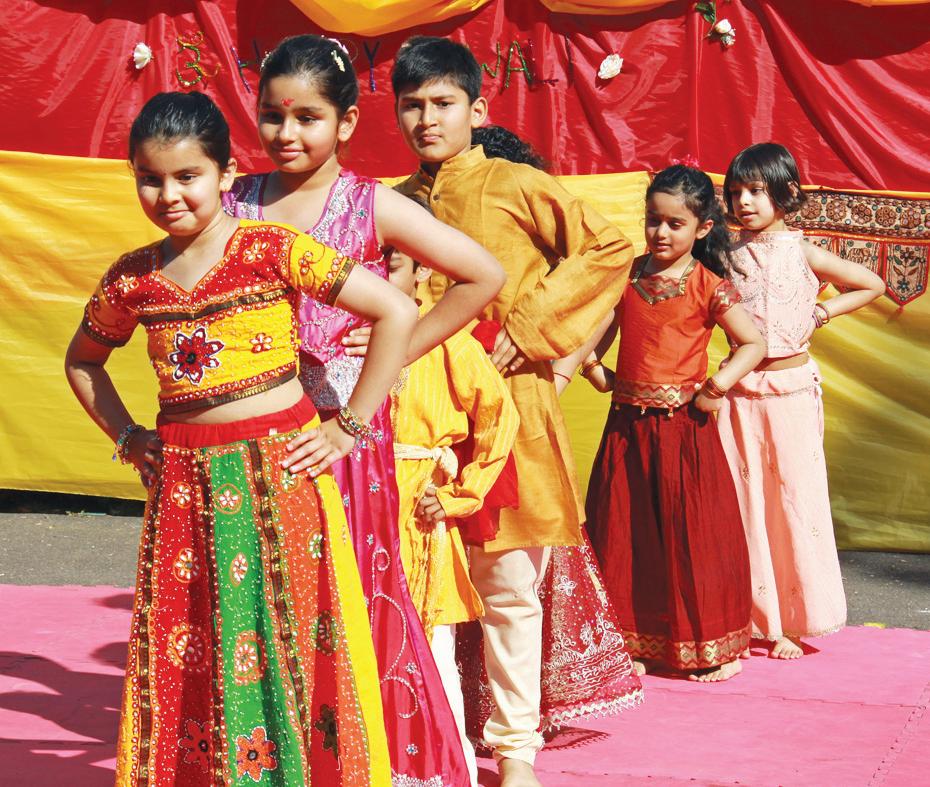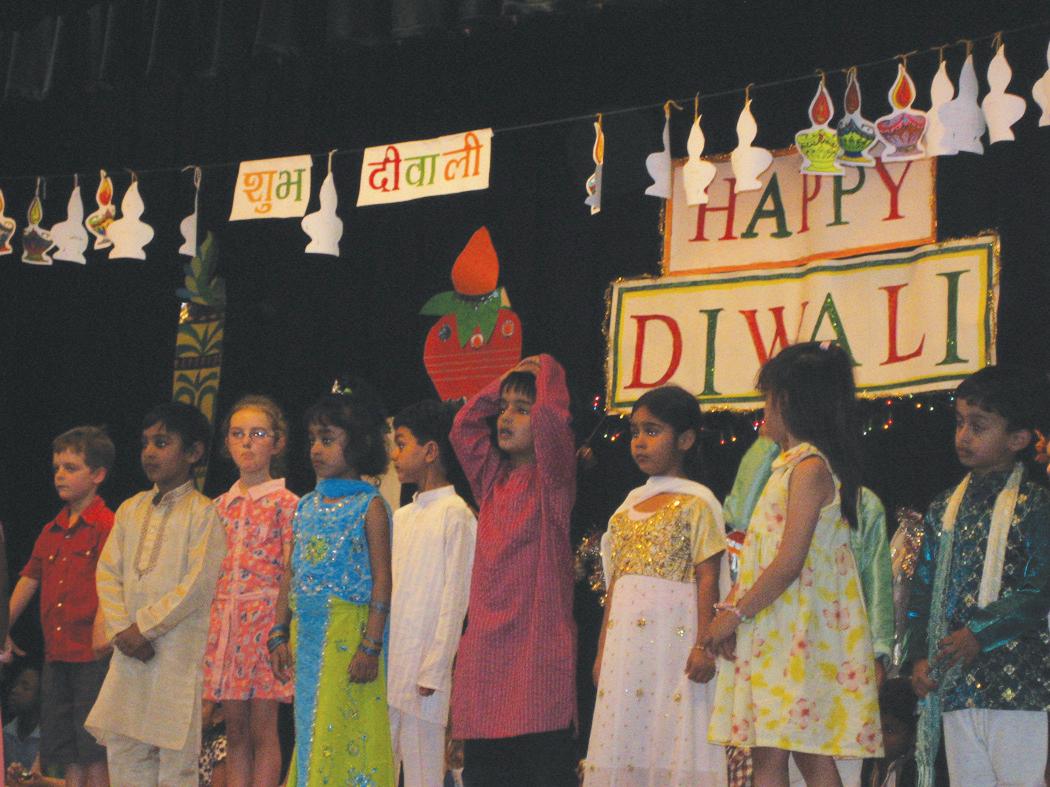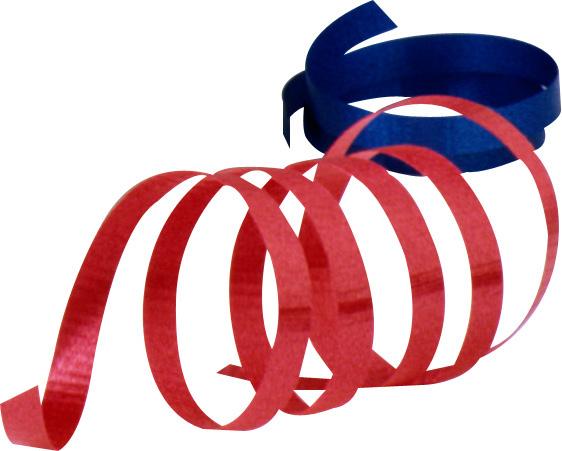
3 minute read
India’s gay Prince visits Sydney
from 2009-11 Sydney (2)
by Indian Link
SHIVANGI AMBANI-GANDHI meets Manavendra Singh Gohil
The first sculpture that I saw when I entered the Indian galleries at the Art Gallery of New South Wales was of the Ardhanareshwara (half male and half female, form of Lord Shiva),” said Prince Manvendra Singh Gohil during his recent visit to Sydney. “I said to my Australian friends, ‘This is India’.”
The Maharajkumar or Crown Prince of the former princely state of Rajpipla in Gujarat, is also the world’s only openly gay royal. He was in Sydney for a seven day visit to increase awareness of the impact that the criminalisation of homosexuality has on HIV prevention work in Asia and the Pacific.

During his visit he addressed a range of mainstream as well as Indian and GLBT media. He also hosted a fundraising night for HIV/ AIDS education and organisation, and addressed a community forum at the Paddington Woollhara RSL.
“There were people from all walks of life at the fundraising. I also met a few Indians – from Assam, Hyderabad, Delhi,” said the Prince. “Since I have come out, I get a lot of emails from gay Indian men in Australia struggling with their identity.”
“The Indian GLBT community here needs a support system. I know ACON developing a network for South Asian men and there are other groups like Trikone and Salaam Namaste, but stronger networks are needed,” the Prince said.
“Some people of Indian origin settled here are even more conservative (than Indians in India). The pressure to get married is immense and they have to succumb.” The Prince would know about succumbing to marriages.
Confused by his attraction to men, but unaware of his own sexuality, the Prince married a woman, hoping that the mental illness would be cured and “after marriage I will be alright”. After a year of an unconsummated marriage, subsequent divorce and a nervous breakdown, the Prince finally understood he was gay.
In 2006 he came out of the closet publicly to Gujarati media. As it happens, his effigies were burned, and his family disowned and disinherited him.
“I told the media that I may be the first homosexual to come out, but not the only one,” the Prince recollects. “This triggered the response from my parents… otherwise they knew since 2002. My father even gave a statement later that the decision was taken under pressure and in anger.”
The Prince has since reunited with his family.
His tumultuous journey however, he believes can be useful to those embarking on their own difficult search for identity. He also decided to come out to the media because he believed that he could use his celebrity to address the issue of HIV/AIDS.
“I wanted to open up the Pandora’s box. Unless there is discussion and debate about these issues, there can be no solution.”
The Prince has travelled far and wide with his message - from appearing on the Oprah Winfrey Show in 2007, to inaugurating the Euro Pride in Stockholm in 2008, and featuring in a BBC Television series, Undercover Princes in 2009
However, it is his work back home in India that he talks about with most warmth and pride. The highlight for every GLBT supporter in India would be the reading down of section 377, by the Delhi High Court on July 2 2009.
Section 377, which penalises “carnal intercourse against the order of nature”, was pronounced unconstitutional and can now be read as referring only to non-consensual sex and sex with minors.
“I did not imagine that this would happen in my lifetime,” said the Prince. “The decision came soon after the Delhi
Pride Parade. The Mumbai Pride held in August after the decision was a huge success. There were a lot of straight people - families and friends - and a few celebrities like Celina Jaitely,” he recollects. “The parade was never disrupted. It went very smoothly and parades have been held in Calcutta, Bangalore, Chennai, Bhubaneshwar. We hope to organise one in Vadodra next year.”
But the process to win against section 377 was hardly a party. Initiated by a Public Interest Litigation (PIL) filed by the Naz Foundation, the campaign was spearheaded by a coalition of NGOs through multifaceted efforts including legal action, demonstrations, advocacy and policy work.
“We all came together,” the Prince said. “I offered to provide an affidavit with my 650-year-old family history documents showing references to homosexuals and transgender people - that they were given a special place.” Representatives from other countries also supported this campaign.
“Australia’s openly gay Judge, Justice Michael Kirby met a lot of judges in India.”
“The Union Minister for Health has made a statement that section 377 is a hindrance to HIV control. The American Psychiatry Association has also removed it from their list of mental illnesses and this list is applicable to the world - and India is part of this world.”
The case against section 377 was fought from all angles - social, historical and scientific. “Even India’s Law Minister had to concede that this was the most well argued case in any court of India.”
The Prince believes that it is only through constant dialogue and sensitisation that his vision of a society that believes in equality can be attained. He participates in sensitisation and advocacy sessions with parliamentarians, ministers and the police forces. “Things which are in our culture - we are just blindfolded to them. If we can open it up, people would understand.”
Public School students present a Diwali spectacular organized inaugurates the new Kings Indian














